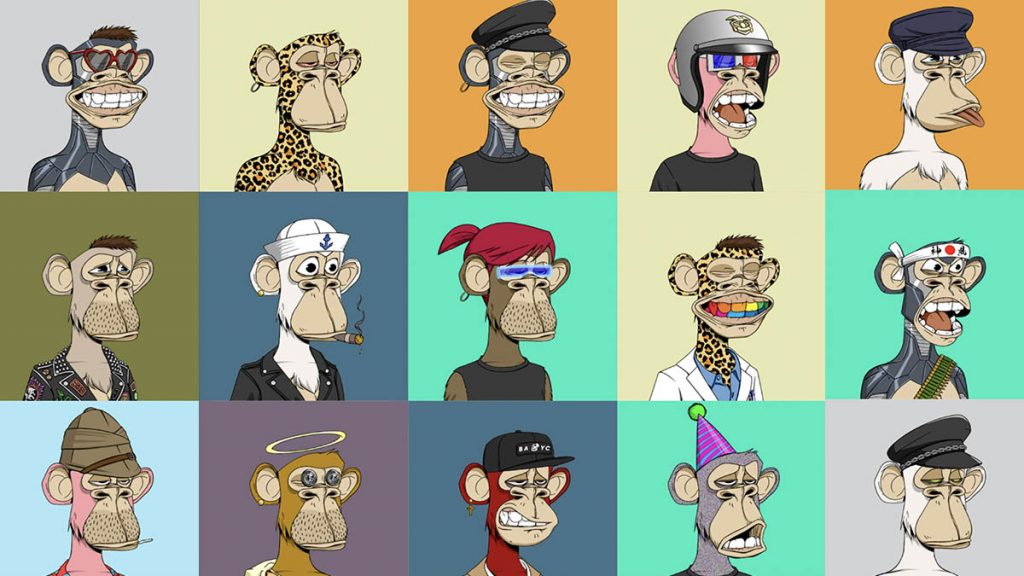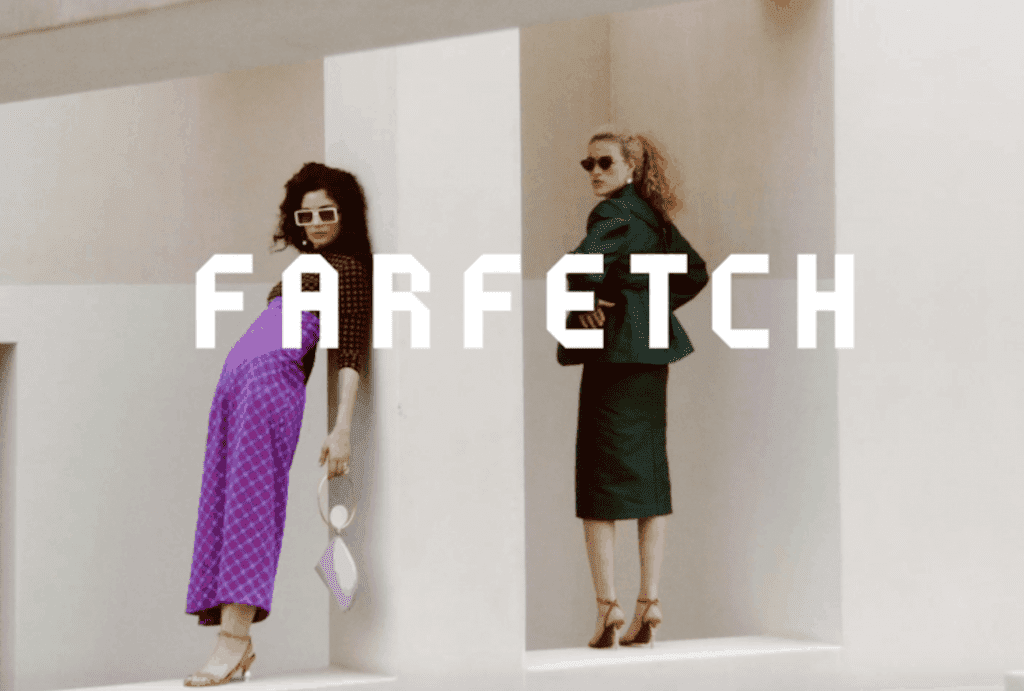Non-fungible tokens – or “NFTs” – are the blockchain-based means to claim unique ownership of easily copied digital assets. The latest NFT mania involves fantastic amounts of money being paid for “Bored Apes” – 10,000 avatars featuring variants of a bored-looking cartoon ape. In January, rapper Eminem paid about $450,000 in Ethereum cryptocurrency to acquire Bored Ape No. 9055 – nicknamed EminApe because its khaki hate and gold chain resemble what Eminem wears, which purportedly joins more than 160 other NFTs in the rapper’s collection. The Bored Ape character seems derivative of the drawings of Jamie Hewlett, the artist who drew Tank Girl and virtual band Gorillaz. According to Yuga Labs, the creators behind the Bored Ape Yacht Club project, each variant is “generated from over 170 possible traits, including expression, headwear, clothing, and more.” Yuga says that every one of the ape NFTs is unique “but some are rarer than others,” thereby, leading to differences in perceived value.
So, what does Eminem now own? He has an electronic version of an image, which he is using for his Twitter profile. But then, so does anyone who copies it from the internet. The only difference is that he has a record in a blockchain that shows that he bought it. He also gets to be a member of the Bored Ape Yacht Club, a members-only online space. The intellectual property for the ape image, itself, remains with the creators, which means that Eminem is not entitled to any share of merchandising revenue from the character. He can only profit from his purchase if he can find someone willing to pay even more for the NFT, which might be unlikely. While publicity given to the rapper’s purchase certainly seems to have boosted demand, the average price paid for Bored Ape NFTs so far in 2022 is about 83 Ether (currently about $280,000).
Eminem may have been prepared to pay much more for the one that looked more like him; but would anyone else? NFTs are a highly speculative purchase. The basis of the market is proof of unique ownership, which only really matters for bragging rights and the prospect of selling the NFT in the future.
The rise of the celebrity influencer
Eminem’s monster payment, in particular, has lent credibility to the idea these NFTs have value, but he is not the only celebrity who has helped attract attention to the Bored Ape NFTs. Others who have bought into the hype include basketball stars Shaquille O’Neal and Stephen Curry, billionaire Mark Cuban, Gwyneth Paltrow, Paris Hilton, DJ Steve Aoki, YouTuber Logan Paul, and late-night television host Jimmy Fallon. These well-publicized purchasers effectively act as a form of celebrity endorsement – a tried-and-true marketing tactic. It is a graphic example of the power of media culture to stoke “irrational exuberance” in financial markets.
There has been a shift away from traditional investments and sources of investment advice. With prices disconnected from any future cash flows, there is less interest in forecasts from technical experts, and in many cases, people are turning to social media and doing their own research. One survey in mid-2021, which polled 1,400 investors between ages 18 and 40, suggested about a third of Gen Z investors view TikTok videos as a source of trustworthy investment advice. This has opened up the field for celebrity influencers.
No fundamental value for NFTs
There is virtually nothing humans cannot turn into a market, but increasingly there are speculative bubbles in things with absolutely no fundamental value. NFTs have joined Bitcoin and celebrity meme-based cryptocurrencies, such as Dogecoin and Shiba Inu, as examples of tokens with no intrinsic worth, which speculators just buy in the hope the price will keep rising. Even Dogecoin, which started as a satire on these excesses, is now valued at $20 billion and promoted in Ponzi-like ways. Some studies have suggested tweets or Facebook posts can now drive stock prices. Elon Musk’s tweets certainly seem to have a large impact on cryptocurrency prices, just as Kylie Jenner was able to tank Snapchat’s stock price in 2018 when she tweeted, “Sooo does anyone else not open Snapchat anymore? Or is it just me… ugh this is so sad.” The tweet sent shares in Snap, Inc. down as much as 8.4 per cent to $17.08, almost as low as its March 2017 IPO price of $17.
We now appear to be in the monster of all speculative bubbles, and the creators of assets like NFTs will do well. It is not so clear whether the holders will fare similarly well, or whether the impact of NFT crashes will be restricted just to the NFT market. Speculators, particularly if they have borrowed heavily, may need to liquidate other assets, which could make all financial markets more volatile.
The larger the bubble becomes, the wider the contagion when it bursts.
John Hawkins is a Senior Lecturer at Canberra School of Politics, Economics and Society and NATSEM, University of Canberra. (This article was initially published by The Conversation.)











